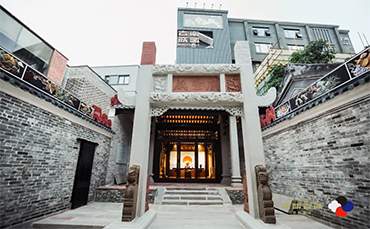


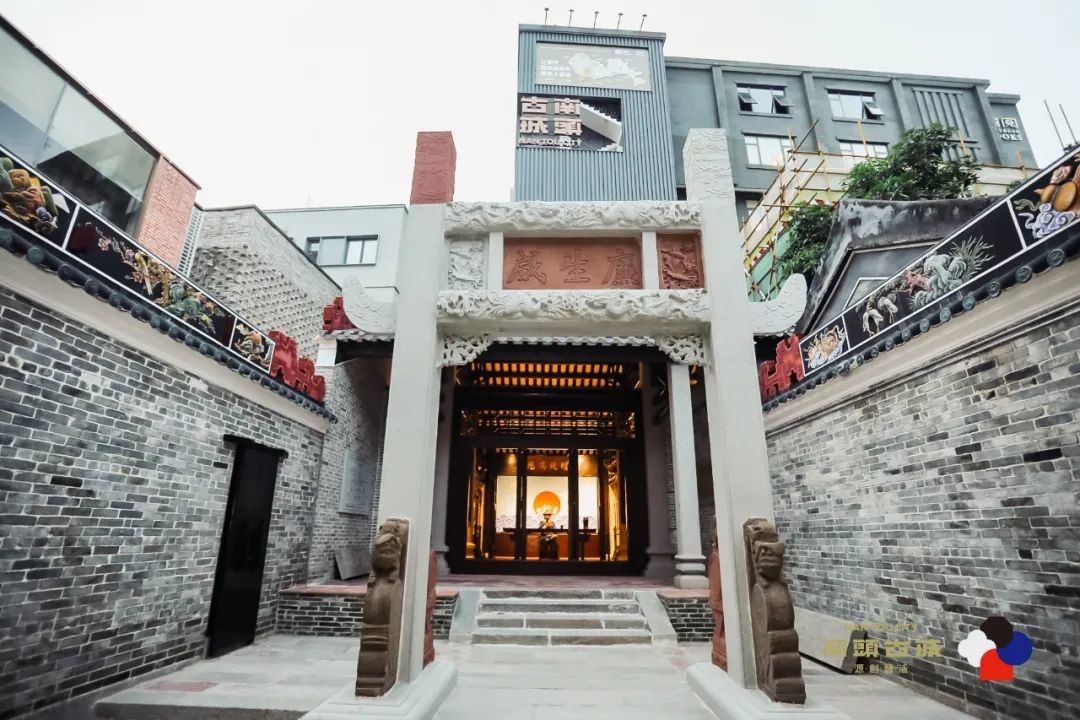
The Nantou Ancient City Preservation and Utilization Project is located in Nanshan District, Shenzhen, Guangdong Province. The project aims to make Nantou be the "capital of eastern Guangdong and the fountainhead of Hong Kong and Macau", and create a vibrant community with a historical and cultural heritage, integrating commerce, offices, residences, and culture.
History of Nantou
Nantou Ancient City is located on the east bank of the mouth of the Pearl River, in the central area of Shenzhen, China. It covers an area of about 70,000 square meters and is also known as Xin'an Ancient City. With a history of more than 1,700 years since the establishment of the Salt Administration and the Eastern Official Province in the Eastern Jin Dynasty, and the establishment of the Xin'an County Office in the Ming Dynasty, it has always been an important town in southern Guangdong, and has long governed Hong Kong, Macau, Zhuhai, Zhongshan, Dongguan and other places, serving as the administrative center, the military fortress, the transportation and trade hub of the coastal areas of Lingnan in various dynasties. It is also the historical and cultural source of the Guangdong-Hong Kong-Macao Greater Bay Area.
Nantou Ancient City was built with mountains to the north and the sea to the south, forming a village texture that is in harmony with the natural terrain. In the long process of historical evolution, the city walls around it formed an irregular rectangular shape, with four gates on the east, south, west, and north sides of the walls, a moat outside the city, and nine streets inside the city, including the Xianqian Street, Xianning Street, Yongying Street, Juxiu Street, Heyang Street, Ying'en Street, Wutong Street, Pailou Street, and Xin Street. Therefore, the surrounding villagers called Nantou Ancient City "Jiujie," and the children in the village were called "Jiujiezai."
In the 1980s, with the establishment of the Special Economic Zone, Shenzhen began the industrialization and urbanization process. The rapidly expanding city gradually surrounded Nantou Village.

The location of Nantou village
Nantou Village, located in the center of Shenzhen, provides low-priced rental housing and diverse local employment opportunities for outsiders. The self-built houses of Nantou villagers are mostly used as rental housing. With the influx of a large number of outsiders, the market demand has exploded, and the villagers have repeatedly rebuilt and added small buildings, which have gradually occupied the maximum space of their homesteads, forming a high-density "handshake building" cluster. This is a typical spatial pattern of urban villages in the Pearl River Delta region, a special and unconventional urban space, economic and social environment formed under the failure of urban governance and the pure rationality of the economy.
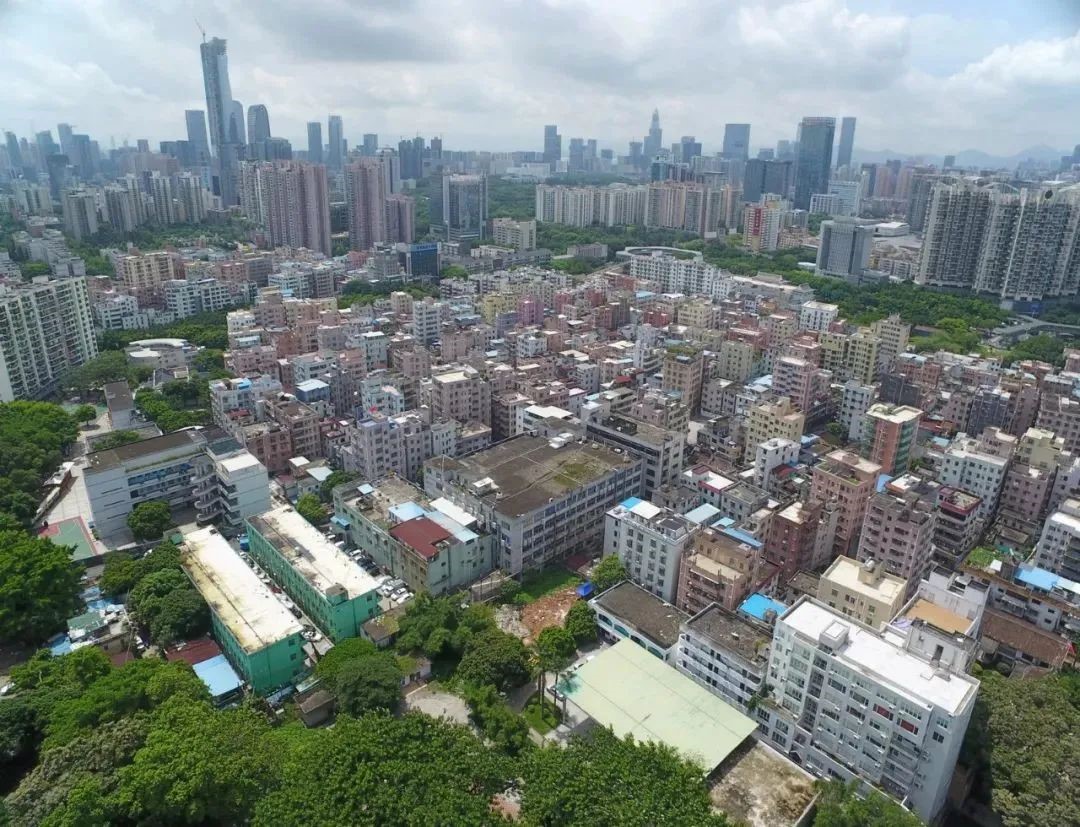
A bird view of Nantou village
Nantou contains historical buildings such as the Xinguo Gongwenshi Temple, Dongguan Association, Nanchengmen Cave, Baode Temple, which commemorate the famous scholar Wen Tianxiang. The imitation ancient county government building also serves as a testament to the former administrative center. There are also more than 40 houses in the ancient city that were built in the Qing Dynasty and the Republic of China period, featuring the Lingnan Cantonese architectural style. Among them, there is one key cultural relic protection unit in Guangdong Province (Nantou Ancient City Wall), five municipal-level cultural relic protection units (Dongguan Association, Yuying Tang, etc.), 10 protected buildings, and 34 historical buildings.

The Distribution of Historical Buildings in Nantou
The regeneration process of Nantou
Nantou Ancient City in Shenzhen is a unique symbiotic entity that exists at the intersection of a historical ancient city and a contemporary urban village. However, for over a decade, it has been grappling with two conflicting propositions: to preserve the ancient city and its rich history or to transform the urban village and improve the livelihoods of its inhabitants. The interplay of these two forces has made the development of Nantou Ancient City challenging.
In 2011, the Shenzhen Planning and Land Resources Commission took the first step towards revitalizing Nantou by developing the "Shenzhen Nantou Ancient City Protection Plan," which proposed a whopping 900 million yuan investment. From 2010 to 2020, the goal is to transform Nantou Ancient City into an urban traditional style exhibition area that reflects the shared cultural roots of Shenzhen, Hong Kong, and Macao. This exhibition area is envisioned as having intact cultural relics, rich cultural landscapes, a unique traditional culture and business atmosphere, and a high-quality spatial environment and service facilities.
In early 2016, the design and research team of Urbanus joined the Nantou protection and renewal project, bringing with them a wealth of expertise and a fresh perspective. Through a detailed on-site investigation and the careful consideration of multiple historical information about the ancient city, the team was able to shed light on the cultural context of Nantou. By cross-referencing between history and reality, they gradually clarified the future development positioning of the ancient city, paving the way for its revitalization.
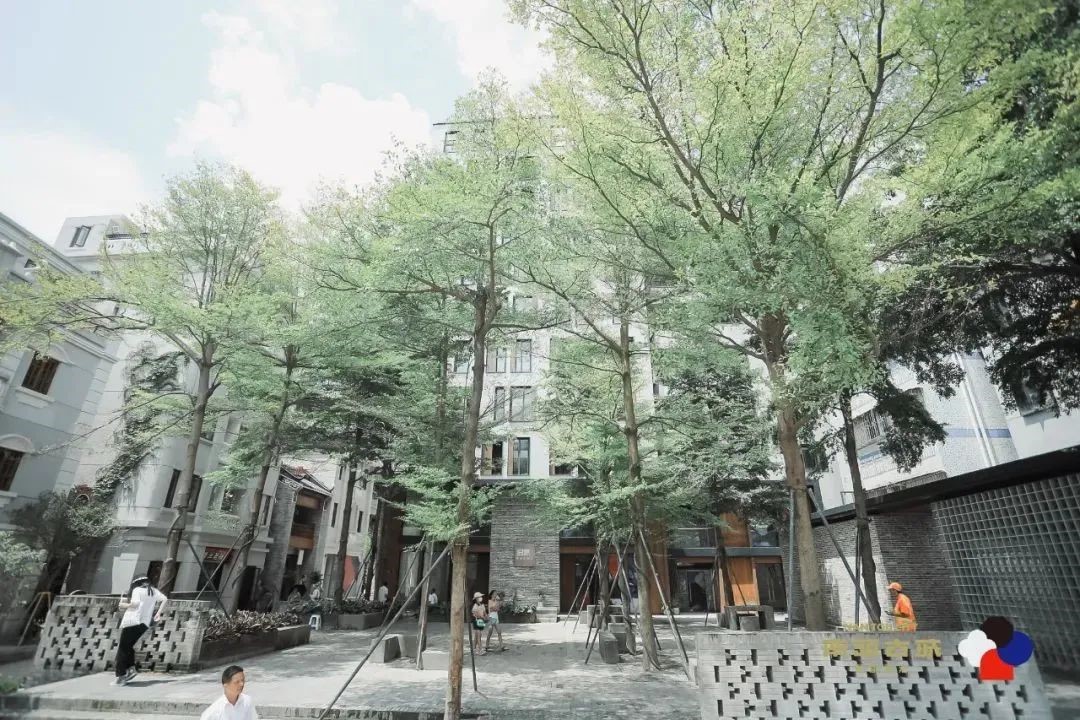
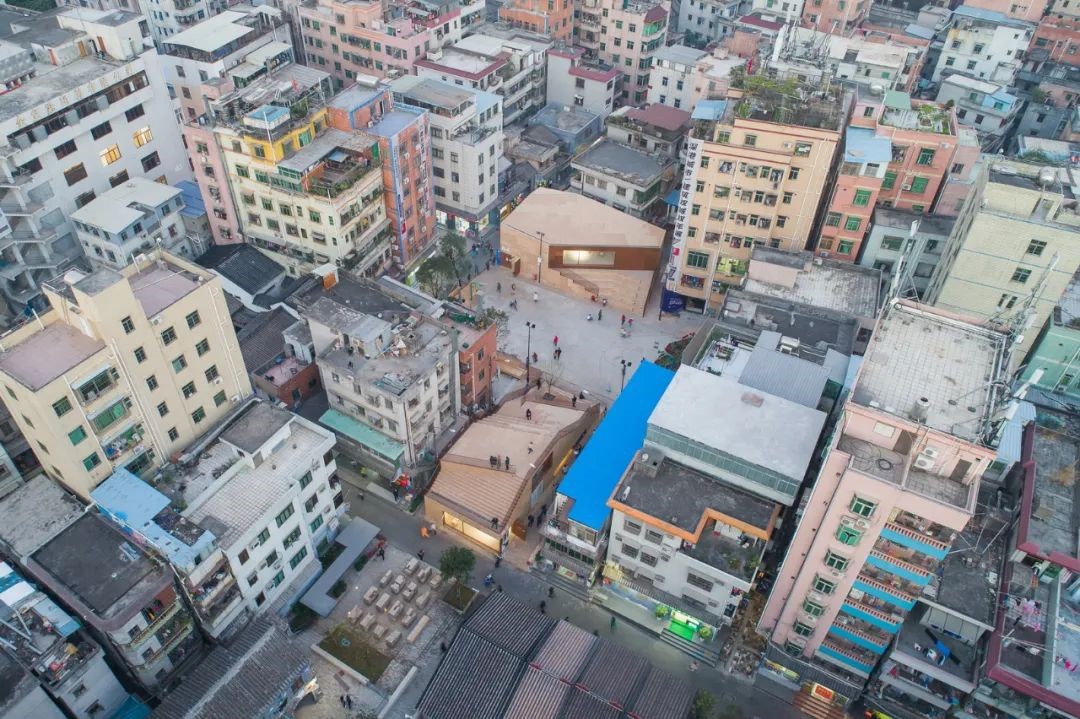
Photos of Nantou after the renovation
Starting from March 2019, Nantou Ancient City officially launched the "Butterfly Transformation and Rebirth Plan" - a project aimed at protecting and restoring Nantou's historical buildings and upgrading its cultural districts. Based on its position as the "capital of eastern Guangdong and the source of Shenzhen-Hong Kong cooperation," the project aims to create a unique cultural district with a rich history and humanistic heritage, preserving local memories while looking towards the future. The goal is to establish Nantou Ancient City as a new landmark for urban culture and creativity, showcasing the local culture of Shenzhen as well as the source culture of the Shenzhen-Hong Kong-Macau Greater Bay Area.
Following the previous spatial planning ideas, Nantou launched a new round of ancient city renovation in 2019, with the phased renovation completed in August 2020.
Considering the massive scale of the project, the renovation of Nantou Ancient City was carried out in stages using the "point-line-face" approach, starting with easier tasks and moving on to more challenging ones. As part of the first phase, the demonstration section of Zhongshan South Street and North Street were renovated, while the second phase included the renovation of Zhongshan East Street, West Street, and the creative factory buildings and park area.
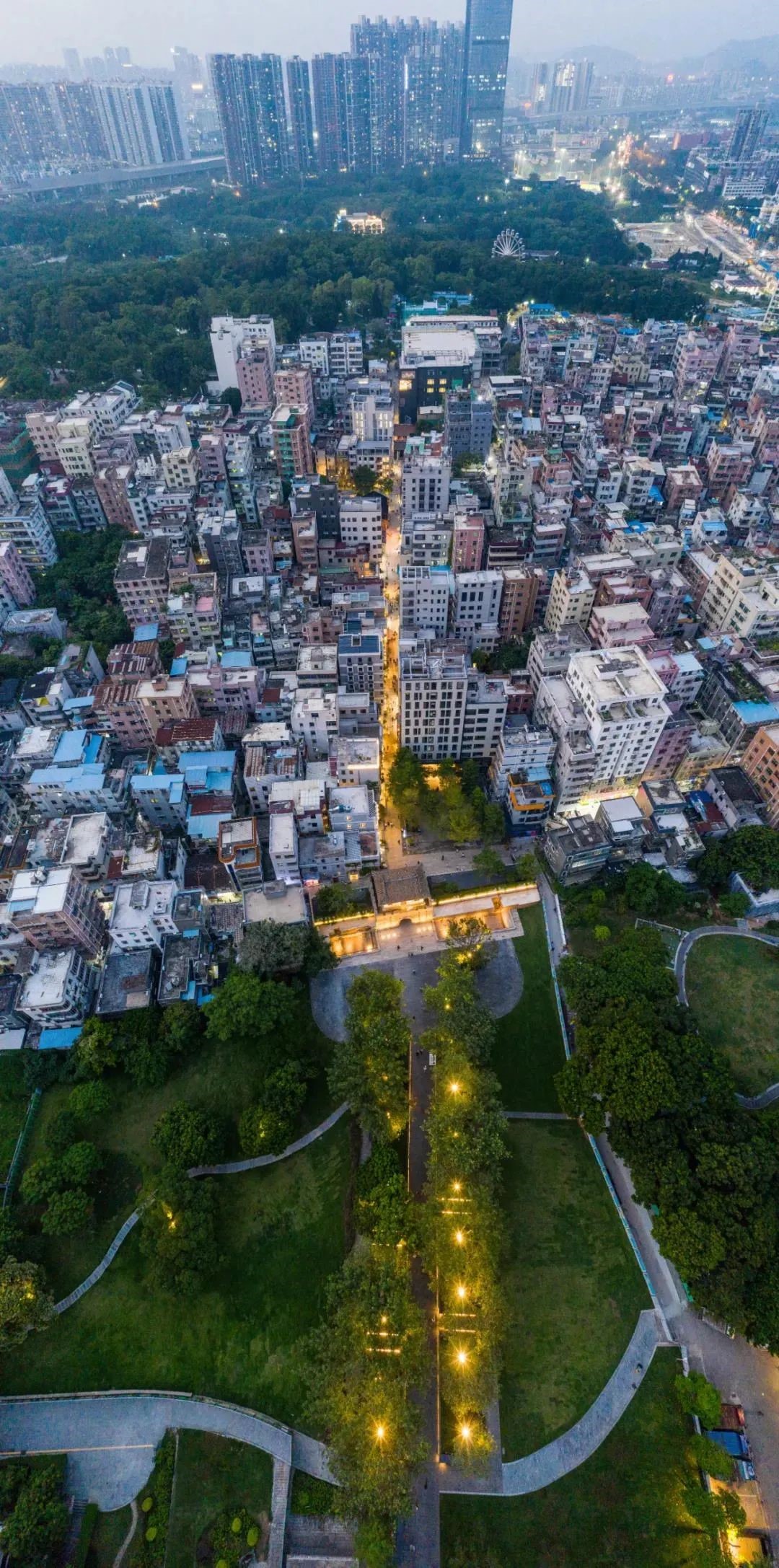
Photo of Zhongshan South Street and North Street
Source:<https://mp.weixin.qq.com/s/mq_bp7Hpg8xCFAZVdoOTKA>
Edited and Translated by Jia Mengyuan